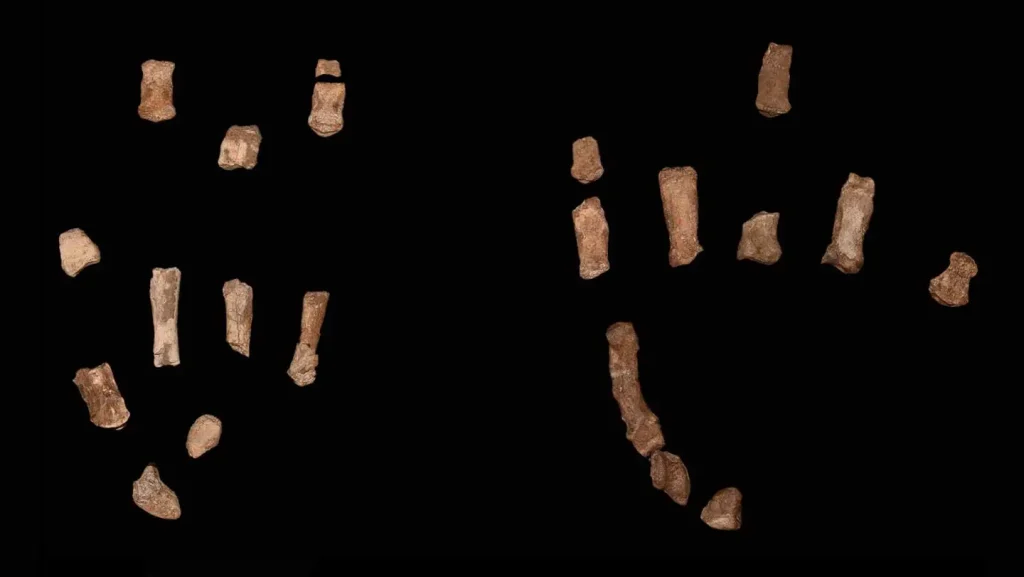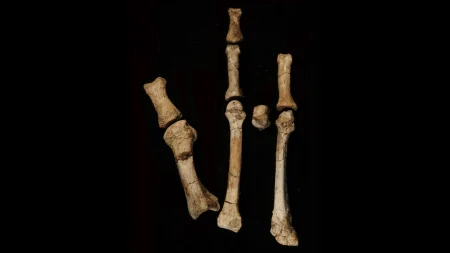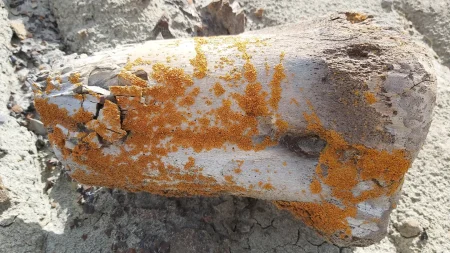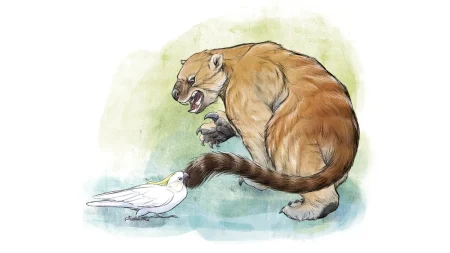Ancient Hands Tell a Revolutionary Tale of Tool Use in Early Hominids
In a groundbreaking discovery that challenges our understanding of human evolution, scientists have uncovered fossil evidence suggesting that an ancient human relative outside our own genus may have been capable of making and using tools. This revelation comes from newly discovered fossils in Africa belonging to Paranthropus boisei, a species that lived approximately 1.5 million years ago.
According to research published in Nature by paleoanthropologist Carrie Mongle of Stony Brook University and her colleagues, the partial remains of a P. boisei individual include remarkably preserved hand and wrist bones that show characteristics of a humanlike grip. The findings suggest that the ability to craft and manipulate tools may not have been exclusive to our direct ancestors in the genus Homo, as previously thought. The proportions of thumb and finger sizes, along with specific wrist features, indicate that this ancient relative possessed manual dexterity that would have enabled basic tool creation and use.
The fossil evidence reveals that P. boisei had the ability to pinch objects between the thumb and other fingers, although not with the same precision as early Homo species. What makes this discovery particularly interesting is the combination of traits found in the specimens. The researchers note that P. boisei possessed gorillalike wrist and hand characteristics that would have provided an exceptionally powerful grip. This powerful grasp may have served multiple purposes in their daily lives – possibly helping them strip inedible parts from tough plants they consumed, or aiding in occasional tree climbing. However, unlike modern apes, these hominids lacked the curved fingers and toes that facilitate efficient arboreal movement, suggesting they spent considerable time on the ground.
The research team, which includes paleoanthropologist Thomas Cody Prang from Washington University in St. Louis, has also examined foot fossils from the specimen. Their analysis indicates that P. boisei could bend its big toe upward while walking – a crucial motion in the human gait when pushing off from the ground. However, the ancient hominid’s big toe was shorter than in modern humans, which likely reduced the power or efficiency of their stride. This anatomical difference offers intriguing clues about how P. boisei moved through its environment, representing an intermediate evolutionary stage between tree-dwelling ancestors and fully terrestrial human ancestors.
This newly excavated partial skeleton, recovered near Kenya’s Lake Turkana in 2019 and 2021, provides the largest collection of P. boisei hand and foot fossils discovered to date. The excavation yielded 42 total specimens, including skull fragments, jaw pieces, and teeth that display the characteristic features of P. boisei – notably the species’ distinctive peg-shaped molars, large jaw, and bony crest atop a relatively small braincase. The completeness of this find allows for unprecedented insights into the physical capabilities of this enigmatic human relative.
The discovery builds upon previous research that had suggested tool-making capabilities in P. boisei based on 1.5-million-year-old hand, arm, and shoulder fossils found elsewhere in Kenya. This growing body of evidence is forcing paleoanthropologists to reconsider long-held assumptions about the exclusivity of tool use to our direct lineage. If confirmed through further research, these findings may reshape our understanding of cognitive and technological development in human evolution, suggesting that the foundations for tool use emerged earlier and more widely across the hominin family tree than previously recognized.















